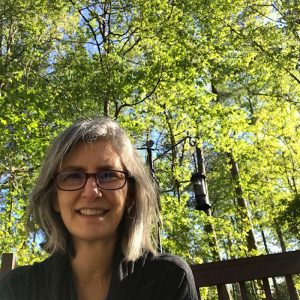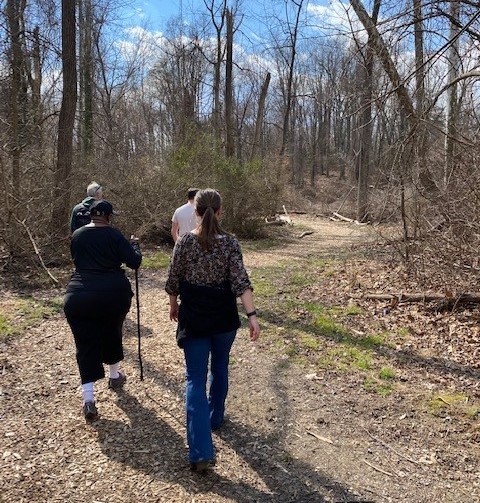
Generations ago, the African American neighborhood of Fifeville in the heart of Charlottesville was connected to local businesses and a community park by 5th Street. When the city rerouted 5th Street in the 1960s and broke the connection, residents created an informal trail through a patch of privately owned open space so they could still walk to the places they needed.
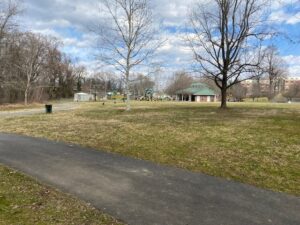
Starting in the 1970s, “No Trespassing” signs and fencing blocked the trail. Pedestrians were forced to take an extensive and dangerous detour along 7-½, 9th, and the new 5th Street, now with fast-moving traffic and few sidewalks.
Something had to change, says Carmelita Wood, president of the Fifeville Neighborhood Association (FNA) and longtime advocate of reopening the 5th Steet trail. “We came together with our neighbors and started talking about how to make the route safer. We wanted to get kids to the park without their parents worrying.”
Neighbors talking and assessing their own needs resulted in the FNA’s Cherry Avenue Corridor Community Visioning Report, which identified goals such as affordable area housing and a plan to guide development of the area businesses. Restoring the old trail was also a neighborhood priority. At community engagement meetings, longtime residents shared memories of how they would take the connector trail down to the creek to play as children; others noted how neighborhood green spaces like the trail had disappeared over the years, lost to development.
The city took notice, awarding the FNA a Small Area Planning grant so that neighbors could begin to map out their ideas. Partners in that planning process included the City of Charlottesville, the Piedmont Environmental Council, and the Charlottesville Area Community Foundation.
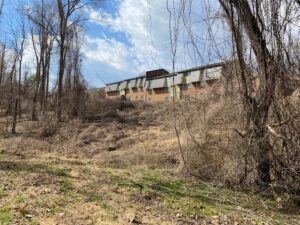
Envisioned in two stages, the project was set on tackling the restoration of the connector path along the old 5th Street route first, with a second path planned to cross over it, extending eventually between 5th and 7 ½ streets. This route would create a pedestrian link for people going to work from the surrounding neighborhoods. A grant from the Virginia Outdoors Foundation’s Get Outdoors Program provided funding for implementation, and both trails opened in 2021.
“The VOF grant meant we could hire a professional to complete the whole trail plan at once,” says Michael Holroyd, president of the Rivanna Trails Foundation, the non-profit fiduciary for the project.
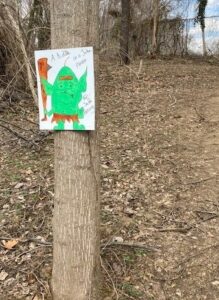
Now, at a little over a year old, the trails are well-used and maintained by the people who envisioned them. The nearby mosque and Abundant Life Ministries, along with the local Boy Scouts troop, have hosted cleanups. Colorful drawings by neighborhood children posted on trees alert passerby to hidden fairies and potential unicorn crossings—handmade evidence of a new generation of Fifeville and Charlottesville neighbors who are making the trail their own.
“It’s for everybody,” says Wood. “People from the community going to the stores on Cherry Avenue, people who work at the University of Virginia, or just people out walking the dog. The need for and love for this space is so clear.”
